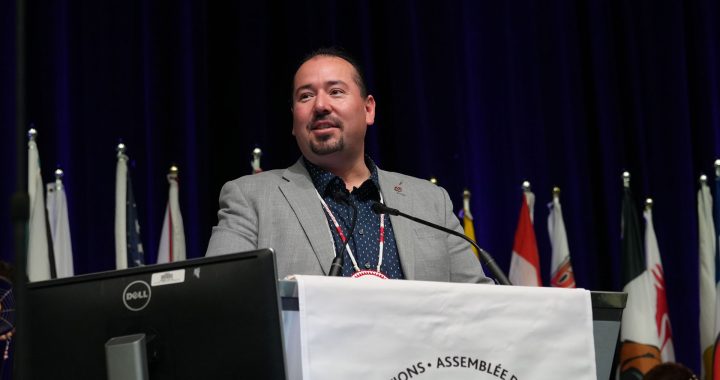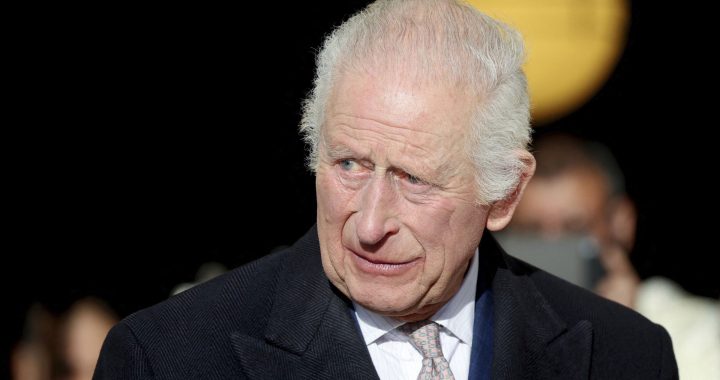Most people now know these names, Brian Sinclair, Joyce Echequan and Lillian Vanasse. They’re three First Nations people who went to a hospital for help only to end up dying in the emergency room.
Brian waited in a Winnipeg emergency room for 34 hours for what turned out to be a bladder infection. No one ever tended to him.
Joyce, a 37-year-old Atikamekw woman, died in a hospital in Joliette, Que., northeast of Montreal while health care workers mocked her. She live-streamed the event.
Alberta Health is investigating Lillian’s death. On Christmas Day in 2020, Vanasse went to the Hanna Hospital northeast of Calgary because she couldn’t breathe. That’s where she died.
Sinclair, Echequan and Vanasse all received media attention – and there have been many more since.
Politicians always promise change but has anything been done?
A study in 2022 by the University of Alberta and the First Nations Governance Centre showed that some people don’t receive the same kind of care in the province’s emergency rooms.
The study looked at 11 million visits to various Alberta emergency rooms between 2012 and 2017.
The results showed that 33 per cent of First Nations people waited longer for treatment than others. It also found that some people left without receiving treatment.
Today on InFocus, we’re looking at the health-care system and why things are so slow to change.












